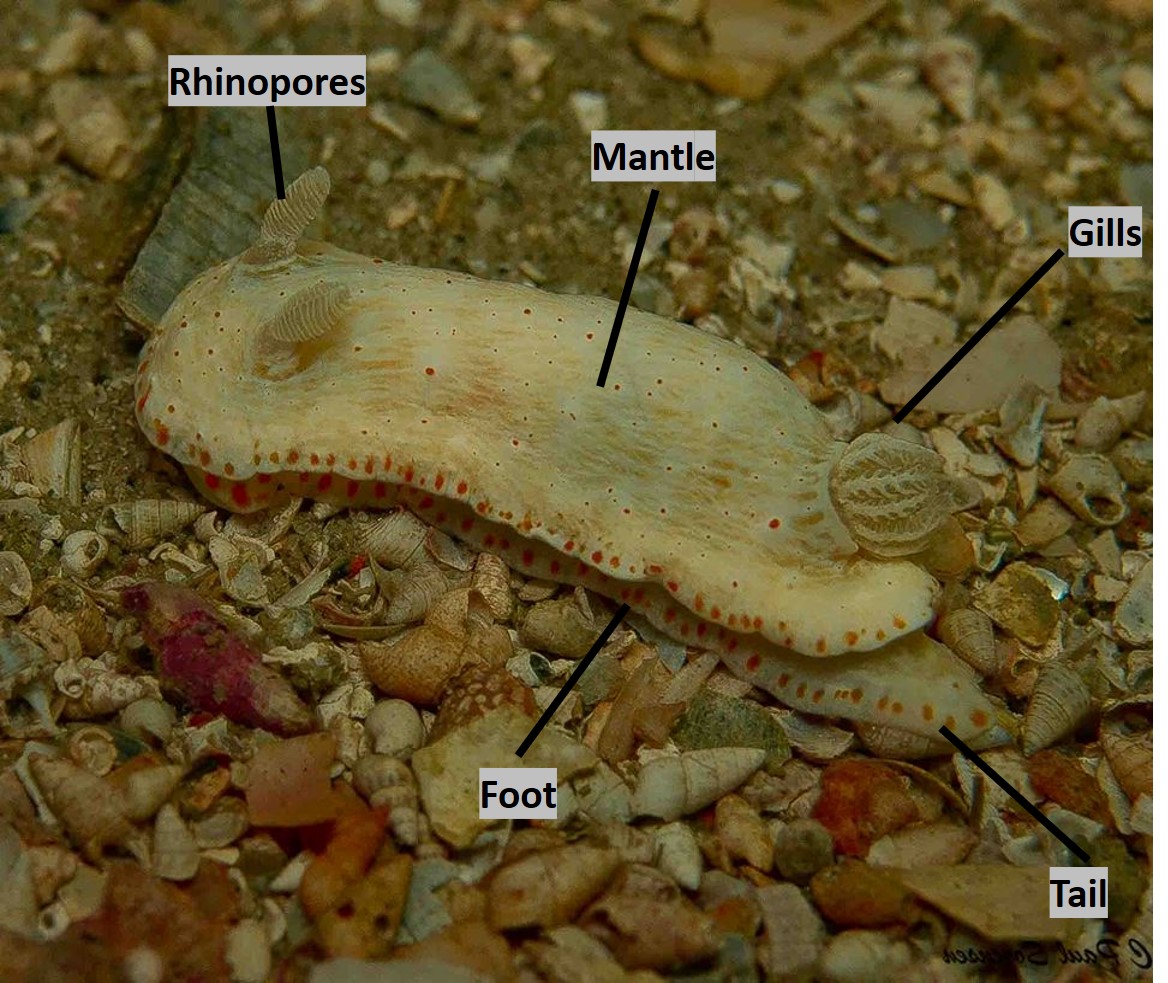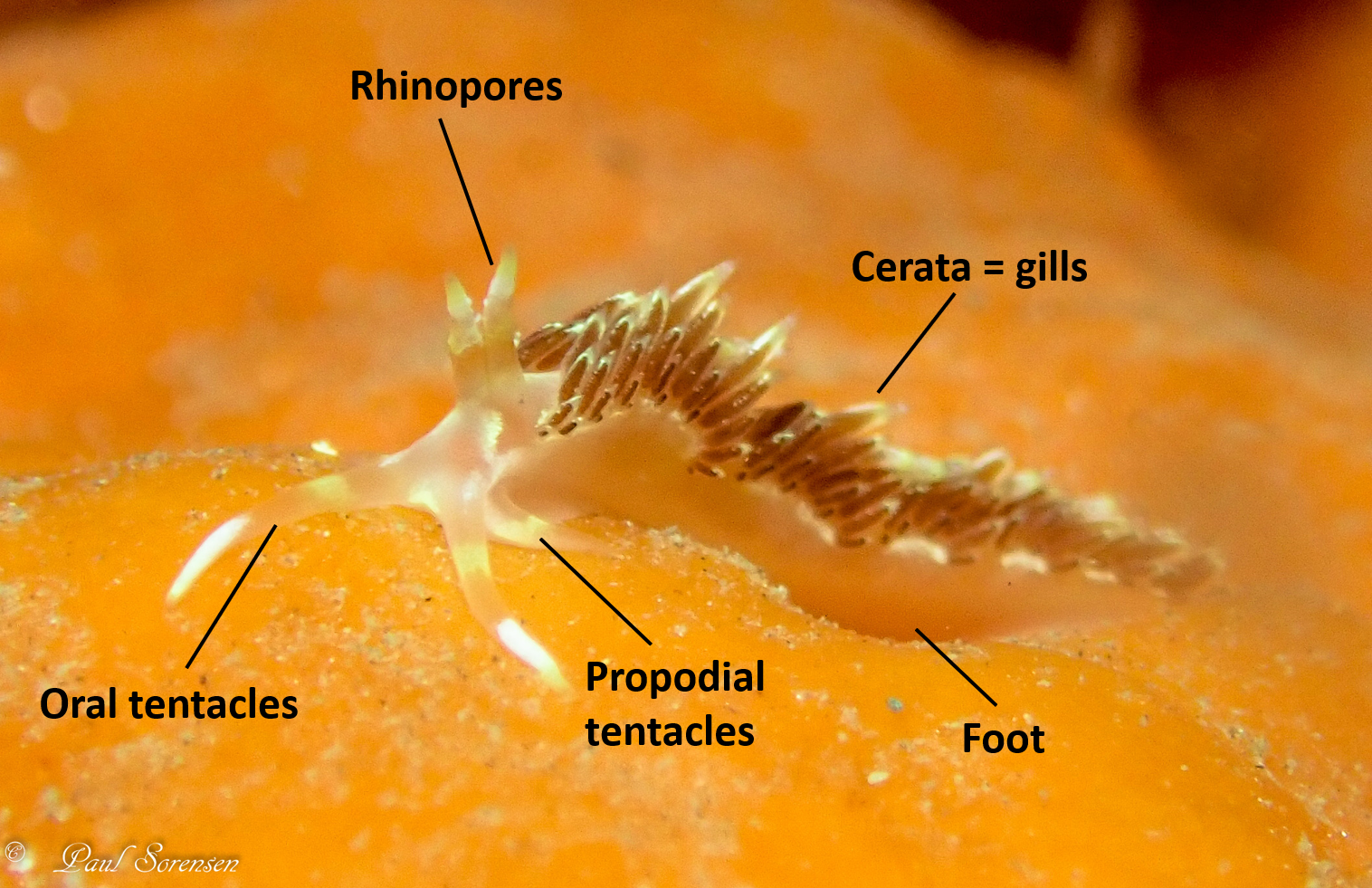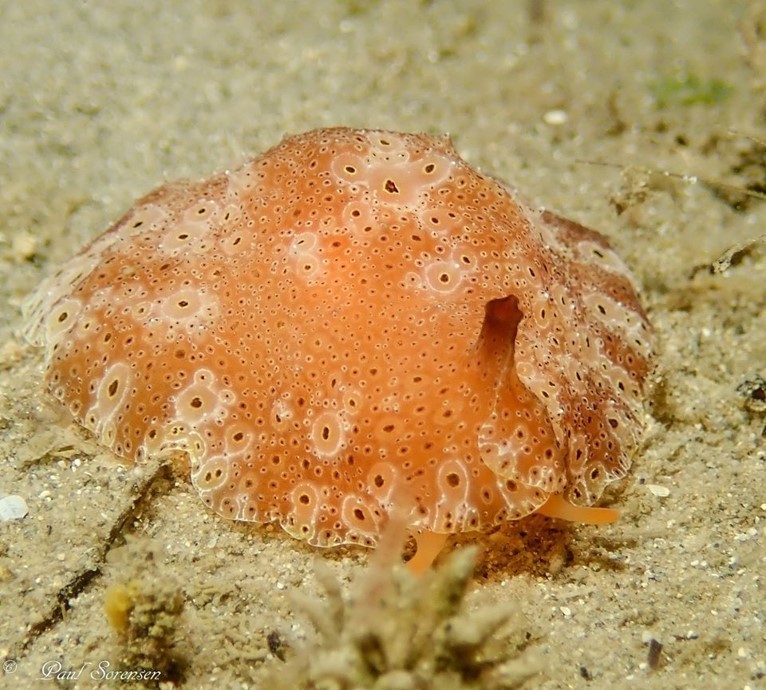You have 0 product(s) in your cart.
TOTAL
AU$ 0.00
See more about Dorid Nudibranchs


Rhinopores: comes from the greek words 'rhino' meaning nose and 'phore' meaning carrier. These are smell and scent receptors that helps find them food. Generally the greater the surface area the better the receptors work. Most are able to withdraw these into the body for protection against predators.
Other sea slug species include
Lamellaria
Lamellaria australis

Photo by Paul Sorensen
.jpg)
Platyhelminthes (Or Flatworms)
References:
Rudman, W.B., 1999 (March 25) Rhinophore in nudibranchs. [In] Sea Slug Forum. Australian Museum, Sydney. Available from http://www.seaslugforum.net/factsheet/rhinonud